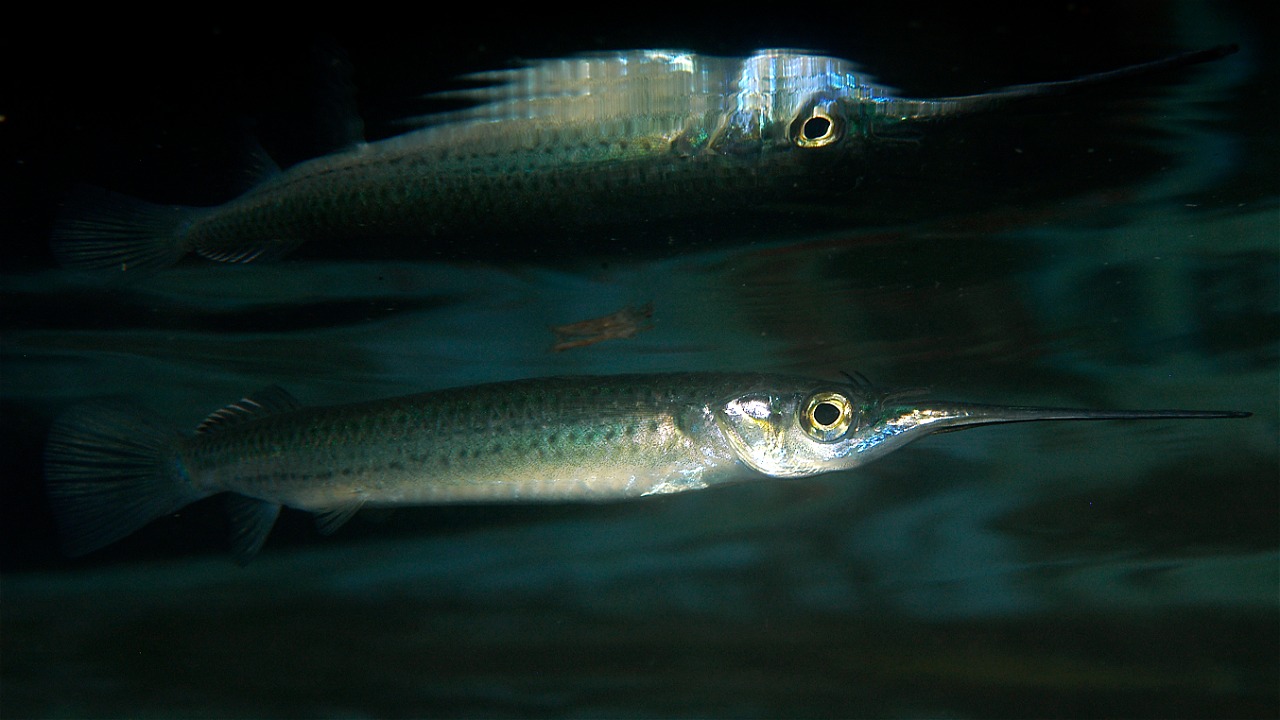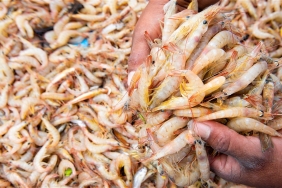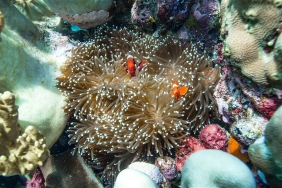TRADITIONAL FISHING PATTERN OF JULUNG-JULUNG IN PETUANAN KATALOKA
By: (Aliana Nafsal - Fisheries officer WWF Indonesia IBAS)
The waters of Gorom Island, especially Petuanan Kataloka, have economically important small pelagic marine resources, namely julung-julung. Julung-julung has a flat elongated body like a pipe and generally gathers near the surface and jumps out of the water. The julung-julung, which is categorized as Hemirhamphus sp. , is usually processed into traditional food "Julung Kering" by the local community from fishermen's catches that are not sold fresh.
The process of catching julung-julung is considered quite interesting by its residents, because it must be done in groups in one boat or giok which measures 5 x 1.5 m with a weight of 15 GT. In one giok, there are approximately 12 members, consisting of one masnait as the captain or captain of the ship, one engine man in charge of keeping the engine functioning properly, and 10 crew members or fishermen who are tasked with installing the net until the process of pulling the net onto the giok.
According to one of the fishermen, to know the position of the julung-julung approaching inland waters, it can be seen from the number of sor fish, a barracuda-like fish, jumping to the surface of the water. The jumping sor fish can be seen from the shoreline, making the fishermen rush to the sea to catch julung-julung.
The nets used by fishermen have two lengths, a 1-inch net that serves as a bag, under the giok, and a 2-inch net above the giok. When one of the fishermen circles the net on the boat, one of the other crew fishermen must swim to get the julung-julung trapped into the net so that the net filled with fish can be immediately pulled up by the crew fisherman on the boat.
The giok fishermen usually go around Gorom Island to look for julung-julung one to two times a day. The catch can reach 2 tons in one year. The income from julung-julung fishing is shared between the boat and net owner (30%), the masnait and machinist (70%) and the crew (20%). However, according to one of the owners, H. Abdullah Rumalean, in 2015-2016 there was a decrease in catches of up to 150 kg which caused fishermen's income to not reach the target.
The decline in catches has led to fishermen's fear that the population of julung-julung will decrease if fishing continues to be done in an environmentally unfriendly manner. Fishermen also admitted that they often catch julung-julung in almost spawning condition when they are migrating to offshore waters to spawn. This is realized by fishermen when they pull the net from the water, the julung-julung moves slowly and its body becomes heavy because it is in a mature gonadal condition.
"If the population tends to decrease or even disappear altogether, it will also have an impact on the economy of the fishing community, especially the Kataloka community," said H. Abdullah Rumalean.
In order for the scallops in the waters of Gorom Island to remain sustainable, it is hoped that fishermen can regulate the number of catches and fishing gear units. In addition, WWF-Indonesia will continue to conduct training on financial bookkeeping and modification of julung fish processing so that fishermen can cover the decline in catches.





